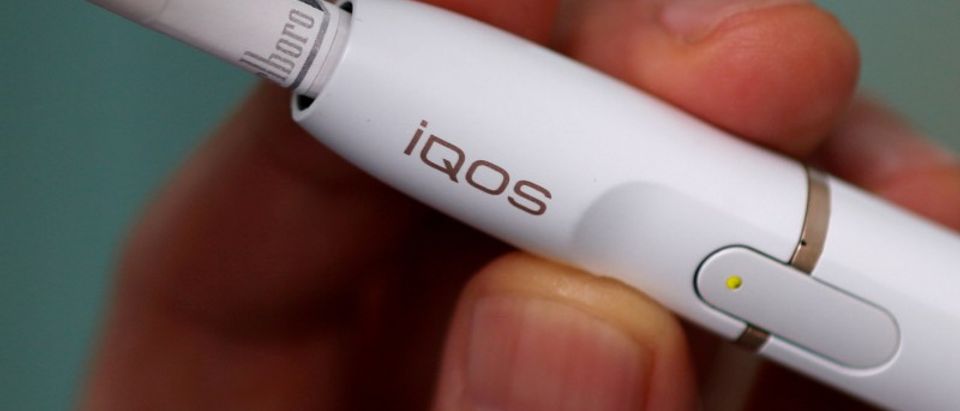In the coming days, the FDA will have an opportunity to change the direction of smoking and its related consequences by ensuring the 44 million smokers in the United States have the facts they need to make healthier decisions. With the first-of-its-kind modified risk tobacco product (MRTP) application, the IQOS system has the potential to be the first electronic cigarette allowed to explicitly claim it is a safer alternative to its combustible cousins.
But approval to label IQOS as “reduced risk” is an uphill battle. The basis for the MRTP standard is if the product, as it is actually used by consumers, will reduce risk to individual users and benefit the population as a whole. Common sense tells us that a non-combusted product is inherently less risky, saving the user from exposure to the 7,000-plus chemicals and toxicants released upon combustion. To actually demonstrate that this benefits the population as a whole is a more challenging task. However, it stands to reason that if enough people make the switch, the population will benefit from reduced initiation to combustible cigarettes, reduced medical costs associated with smoking-related disease and a reduction in secondhand exposure. In other words, a net positive.
Unfortunately, in the United States there is no precedent for how to evaluate the effects based on how IQOS is “actually used by consumers.” Several countries, most notably Japan, have seen benefits from IQOS use. But the tobacco laws governing e-cigarettes there are vastly different from ours, making it impossible to compare to the United States.
Furthermore, when the majority of Americans still believe nicotine is the source of disease and that non-combustible products carry the same risks and harms as combustible cigarettes, it makes no sense to apply the standard of “as it is actually used by consumers.” In 2013, 50 percent of US adults believed e-cigarettes were as harmful as combustible cigarettes. This number has since increased. In 2014, 57 percent of adults believed they were just as harmful, while in 2015, a whopping 74 percent believed this to be true. When three quarters of our population believe that e-cigarettes carry the same risks as combustibles, it is unrealistic to assume we will ever see the full potential of the benefits these undisputed reduced risk products carry. Nobody would switch to a new product from one they are used to if they believe the risks are no different.
This is why it is so important that newer products, such as IQOS and snus, are assigned labels that clearly state the lower risk compared to combustible cigarettes.
We know that labels work. Studies have consistently shown that warning labels affects smoking behavior change and quit attempts and that specific warning labels detailing toxicants on the package further reinforces the message that health risks smoking presents. It is thought that health warning labels are a major source of health information and have the potential to reduce disparities in access to knowledge. For example, knowledge of health risks associated with smoking is higher in countries with more comprehensive health warnings. In Canada, where packaging guidelines are among the most stringent, cigarette labels are the second highest source of health information behind television ad campaigns.
These pesky health warning labels that are contested as a free speech protection violation by some and an important public health service by others can actually serve a purpose for both sides. They show us that people pay attention, and to a certain point they have the intended effect of reducing smoking. It stands to reason, then, that a similar label enlightening the public of the greatly reduced risk of IQOS (and similar e-cigarettes or snus should they be granted an MRTP application hearing) compared to their most favored products, the combustible cigarette, would increase uptake of the less harmful product and encourage smokers to completely switch. Only then will we see the population effects of the products as “actually used by consumers.”
Carrie Wade is harm reduction policy director of the R Street Institute in Washington, D.C.












